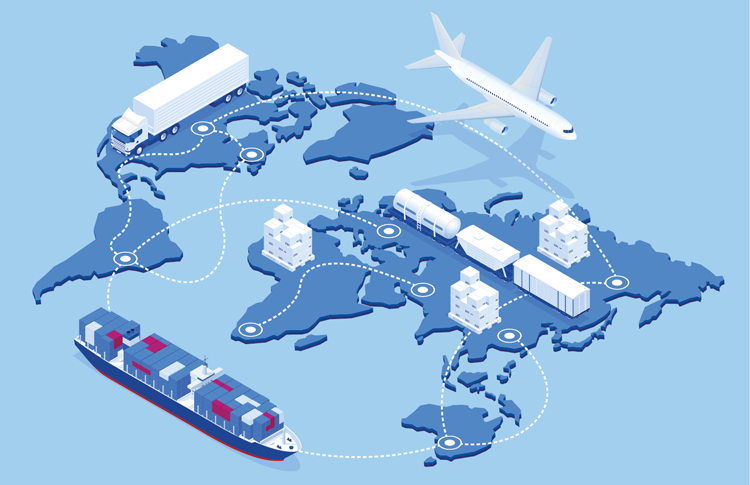
De-risking supply chains has become a significant focus for businesses in the Asia Pacific, with many looking to redirect these closer to home, according to a new report from Baker McKenzie.
The report, titled State of Play: Supply Chains and Trade Realignment, maps how trade disputes and rising protectionism are leading businesses to carefully consider where their supply chains fall, and what risks this could expose them to.
According to a Q1 2021 survey of 800 business leaders across the Asia Pacific, 67 percent of respondents told the firm they already have or are currently transforming their supply chains and production centres. With businesses in the region near-shoring, insourcing, on-shoring, and seeking new geographies, the report calls this a “huge realignment of global supply chains..., [as] geopolitical and regulatory risks overtake cost as a key determining factor.”
Anne Petterd, head of Baker McKenzie’s international commercial and trade practice for Asia Pacific says such a large shift will likely be carried out incrementally.
“The complexity of many supply chains including in terms of sourcing, need for specialised manufacturing, costs of production and supply chain relocation will in practice limit the viable options for bringing substantial parts of the supply chain closer to home. What will be interesting to see is whether there is a trend in the next few years for bringing micro manufacturing closer to home for core components. Businesses being selective and strategic in the parts of their supply chain they relocate will be key,” Petterd says.
But the development was more pronounced in some markets than others — according to the report, only around half of Mainland Chinese and Hong Kong respondents expected trans-formations to their supply chains, with near-shoring and insourcing strategies more commonly adopted by Mainland Chinese business leaders and those in Hong Kong tending towards geographic diversification and near-shoring.
For some firms, the supply chain shift will be more significant than others, but regardless, lawyers are playing a significant role in re-examining supply chains and plotting a course ahead.
“In the last few months, we have certainly seen an increase in the number of in-house lawyers explaining they have been given responsibility to examine and address supply chain risks across the business,” Petterd says, calling it “not surprising.”
“Lawyers typically work with many areas of a business and often play a key role in coordinating parts of a business involved in a major transaction or project. So, in many ways, it is logical for an organisation to look to their in-house legal team to support supply chain transformation strategy,” Petterd adds.
In step with this trend, there are also regional incentives encouraging a closer to home approach, including “removal of non-tariff barriers to trade, reduction of red tape and increased transparency and certainty on matters such as investment rules for new markets could be key in fostering stronger regional supply chains.”
“Many governments in the region are offering investment incentives. Repeat issues we see from businesses looking at these incentives are whether incentives are fit for purpose in addressing what the businesses need and, longer-term certainty as to the investment landscape in the jurisdiction,” Petterd notes.
Working in tandem with such developments are increasing foreign investment restrictions, which is having a significant impact on where companies locate production. According to the report, a third of business leaders are “rethinking” their investment strategies, emphasising their focus on domestic rather than offshore markets.
While geopolitical relations may be a significant motivation for businesses to rethink their placement, or the value of working more regionally, such significant supply chain developments are not a knee jerk reaction to sudden challenges, but more an indicator of a larger trend. For most businesses, says Petterd, this will be a long-term project focusing on risks as well as opportunities.
“These projects may include a combination of business-critical changes including business restructuring, digital transformation, changes to workforces, relocation of manufacturing and/or changes to vendors and customers. These sorts of changes will typically take several years to scope, undertake appropriate diligence and implement,” she says.
To contact the editorial team, please email ALBEditor@thomsonreuters.com.


